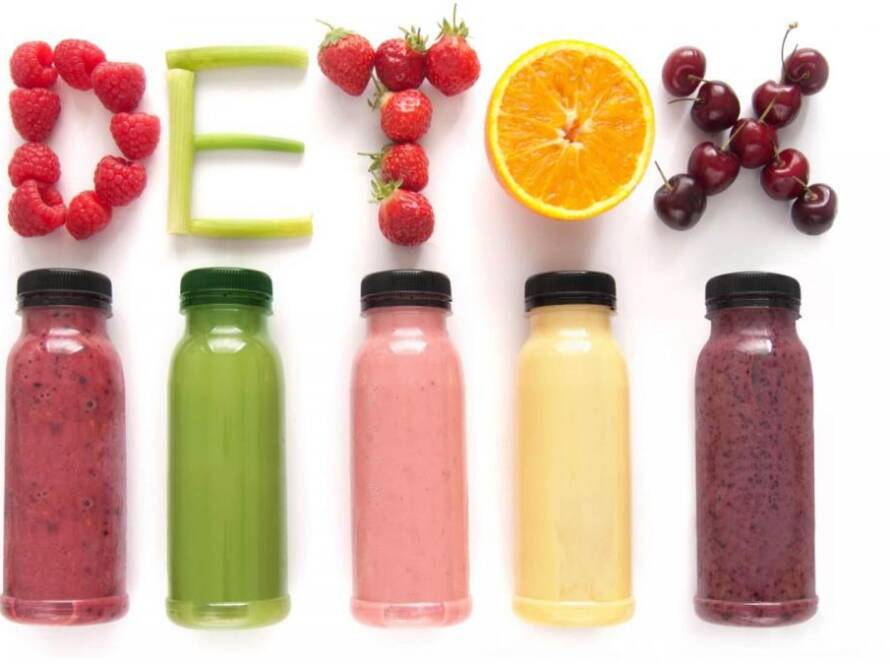Sugar is sucrose, a carbohydrate found in every fruit and vegetable. All green plants manufacture sugar through photosynthesis and then convert it to starch for storage. Since sugar cane and sugar beet plants contain sucrose in large quantities, they are used as commercial sources of sugar. Slight adjustments in the process of purifying, crystallizing and drying the sugar and varying the level of molasses, result in different sugar varieties. These may differ in crystal size, color, texture, taste, moisture content etc.
Kinds of Sugar
Let’s try to understand the various sugar variants available now-a -days.
Table Sugar/ Regular Granulated Sugar

White in color with fine crystals, this is the most common sugar that we all have in our homes. It is extracted from sugar cane or sugar beets. The inedible raw sugar from sugarcane or sugar beets is extracted and then refined to a white crystalline end product which is used as a standard for measuring the sweetness. As it undergoes extensive processing for extracting the juice, removing impurities, and crystallizing it, the natural molasses, vitamins, minerals, and other compounds present in the raw materials are removed.
Castor Sugar
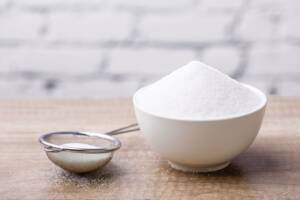
It is very fine granulated sugar which dissolves immediately when added into water or batters.
Powdered Sugar / Confectioner’s Sugar/ Icing Sugar
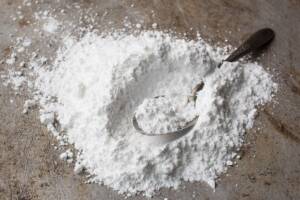
It is granulated sugar ground to a smooth powder, mixed with a small amount of cornstarch to prevent caking and then sifted. It is available in different degrees of fineness. It is often used in icings, confections and whipping cream.
Sugar Cubes
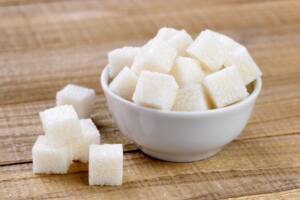
These are white or brown granulated sugars lightly steamed and pressed together in block shape. They are used to sweeten drinks.
Liquid Sugar
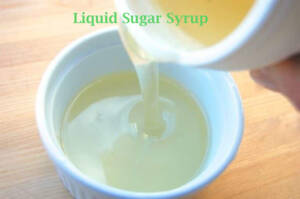
Granulated sugar dissolved in water is called liquid sugar. It can be of varying consistency.
Brown Sugar
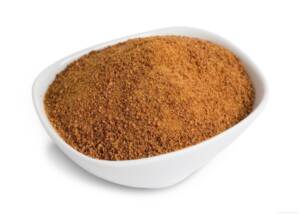
Brown sugar consists of sugar crystals coated in a molasses (a natural by-product obtained while extraction of sugar) syrup with natural flavor and color. It is available in light and dark brown form based on molasses content. It contains minerals like iron, potassium, calcium and magnesium in minute quantities due to molasses added to it. Brown sugar contains more moisture than white sugar and helps baked goods retain moisture and stay chewy.
Demerara Sugar / Raw Cane Sugar
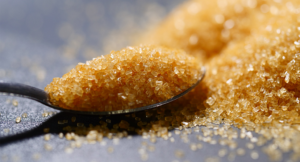
It is a partially processed sugar, which retains more of the naturally present molasses. It has a mild brown sugar flavor, with large golden crystals, which are slightly sticky. It is often used in tea, coffee, or on top of hot cereals.
Muscovado Sugar
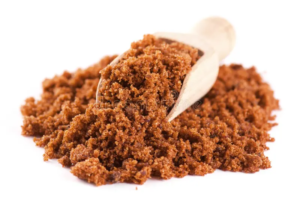
It is an unrefined cane sugar, in which the molasses has not been removed. It is very dark brown in color and has a particularly strong molasses flavor. These crystals are slightly coarser and stickier than regular brown sugar, giving it a sandy texture.
Rock Sugar / Mishri
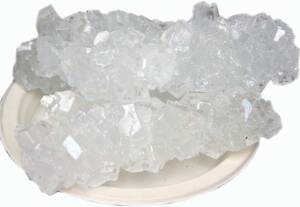
It is a hard confection made by cooling sugar syrup into large crystals, around a piece of string. It has a milder sweetness level than a comparable amount of table sugar. It is commonly used in traditional Indian cuisine and Ayurvedic medicine.
Coconut Sugar
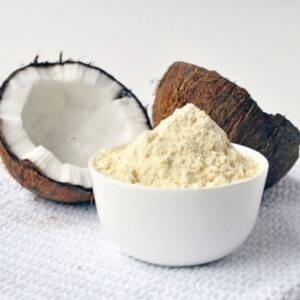
It is produced from the sap of coconut palm flowers and looks like brown, granulated sugar. As it undergoes little processing, so it retains some of the natural vitamins, minerals and antioxidants. It has the same number of calories as table sugar.
Date Sugar
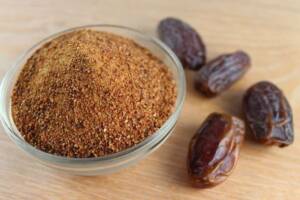
To make date sugar, dates are dehydrated and then pulverized into a powder, yielding a light brown-colored, granulated sugar. It is less refined than table sugar and contains certain minerals. It does not dissolve when added to drinks and also does not melt like table sugar which can limit its use
Palm Sugar
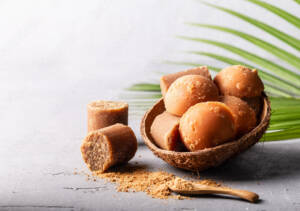
It is made from the sap or nectar collected from palm trees. Palm trees of all sorts are able to yield palm sugar. Palm sugar is often divided by the kind of palm used, like coconut palm sugar, date palm, palmyra palm, etc. As it is processed minimally, it retains natural anti-oxidants.
Honey
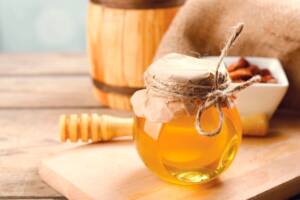
Honey is processed by honeybees; from nectar they collect from flowers. It contains sugars, small quantities of proteins, enzymes, amino acids, minerals, trace elements, vitamins, aroma compounds, and polyphenols. It varies in composition and flavor, depending on the source of the nectar (clover, orange blossom, sage, etc.).
Maple Syrup
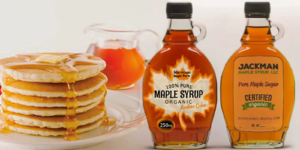
It is made by cooking down the sap from maple trees; A serving of maple syrup offers various vitamins and minerals, including calcium, potassium, and trace amounts of B vitamins, manganese, magnesium, and zinc.
Gur / Jaggery
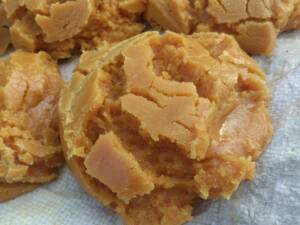
It is an unrefined sugar made by boiling concentrated sugar cane extract until it hardens. It is then rolled into patties or chopped into blocks, or powdered. Jaggery retains more of the natural molasses and minerals present in the raw ingredients compared to refined sugar. It is rich in vitamins and minerals like calcium, magnesium, potassium, phosphorus, iron, manganese, zinc and copper. It has a distinct flavor with a rich, caramel-like taste.
Are some sweeteners more nutritious than others?
Sugars provide a source of energy required by the body to function. The calories from all kinds of sugar are more or less the same: just that certain nutrients are also present but only in trace amounts.
| White Sugar | Brown Sugar | Honey | Jaggery | |
| 1 tsp | 5 gm | 4 gm | 7gm | |
| Calories / tsp | 20 Kcal | 15 Kcal | 21 Kcal | 20 Kcal / 5 gm |
| Vitamins | Not available | Not available | Available | Available |
| Minerals | Not available | Available in small amount | Available | Available |
| Health benefits | No | No | Yes | Yes |
Research based Health Benefits of Specific Sugars
Honey
- Cough and Cold Relief: It helps soothe sore throat, reduce cough frequency and severity, and improve sleep quality. Honey’s viscosity and its potential anti-inflammatory and antimicrobial properties contribute to its effectiveness in managing cough and cold symptoms.
- Antimicrobial: It inhibits a broad spectrum of bacteria due to its low pH, high sugar content, and the presence of bioactive compounds.
- Antioxidant: Honey contains various phenolic compounds and antioxidants that help combat oxidative stress and reduce inflammation in the body protecting against various chronic disease.
- Wound Healing: It is used as a topical antibacterial agent to treat infections in wounds like burns, foot ulcers and infected wound resulting from injury or surgery.
Jaggery
- Digestive Health: In Ayurveda, jaggery is considered to be a good digestive stimulant and an appetizer that is usually consumed after meals to enhance digestion. It stimulates digestive enzymes and relieves issues like constipation and bloating.
- Anemia Prevention: The iron content in jaggery may help in preventing iron-deficiency anemia.
- Respiratory Health: Jaggery is often used in home remedies for respiratory ailments such as asthma and bronchitis as it has expectorant properties that help in clearing the respiratory passages and relieving cough and congestion.
- Antioxidant: Jaggery contains antioxidants that can help in combating oxidative stress and reducing inflammation in the body. These antioxidants have potential benefits for overall health and reducing the risk of chronic diseases.
Rock Candy /Mishri
- Fresh breath: It releases a scent and taste that ensures freshness in the mouth and gives fresh breath.
- Energy Boost: It provides a quick energy boost, making it popular as an instant pick-me-up.
- Cough and Sore Throat Relief: In Ayurvedic medicine, it is believed to possess soothing and cough-relieving properties and is used as an ingredient in homemade remedies for coughs, sore throats, and common colds.
- Digestive Aid: It is used to aid digestion as it is believed to stimulate the digestive enzymes, promoting better digestion and relieving issues like bloating and indigestion.
| Do you know?
You can prolong the life of cut flowers by adding a teaspoon of sugar to the water. In cut flowers, sugar can be absorbed through the stem and transported to the petals where it is metabolized. |
Storage and Handling
Granulated sugar will last indefinitely if stored in an airtight container in a cool, dry place. As it has very less moisture, bacteria and other microorganisms cannot grow. When exposed to moisture, granulated sugar tends to harden, as it dries. To render the sugar usable, break the lumps into smaller pieces with a rolling pin or blend it in a blender until the lumps break apart.
Store brown sugar in a way that allows it to retain its natural moisture i.e., in a moisture-proof container. If the sugar hardens, let it stand overnight in a sealed jar with a damp paper towel. For a quick fix, heat the needed amount in a microwave on low for 1-2 minutes per cup and use immediately.
Honey, if pasteurized, will keep up to 18 months when stored at a cool temperature in its original, unopened container. The same holds true for maple and liquid syrups, jams, and jellies, although the shelf life for these is approximately one year. Once opened, it is best to refrigerate liquid sugars in airtight jars. Crystallized Honey can be used by stirring it well, or gently heating. If syrups begin to crystallize, add a little water and stir vigorously to restore liquid consistency. Heat will also melt the crystals, but you must use the syrups right away.
As with any nutrient, excessive consumption of sugar can have a negative health impact. Therefore, it should be eaten in moderation as part of a balanced diet and alongside active lifestyle that promote a healthy body weight.


